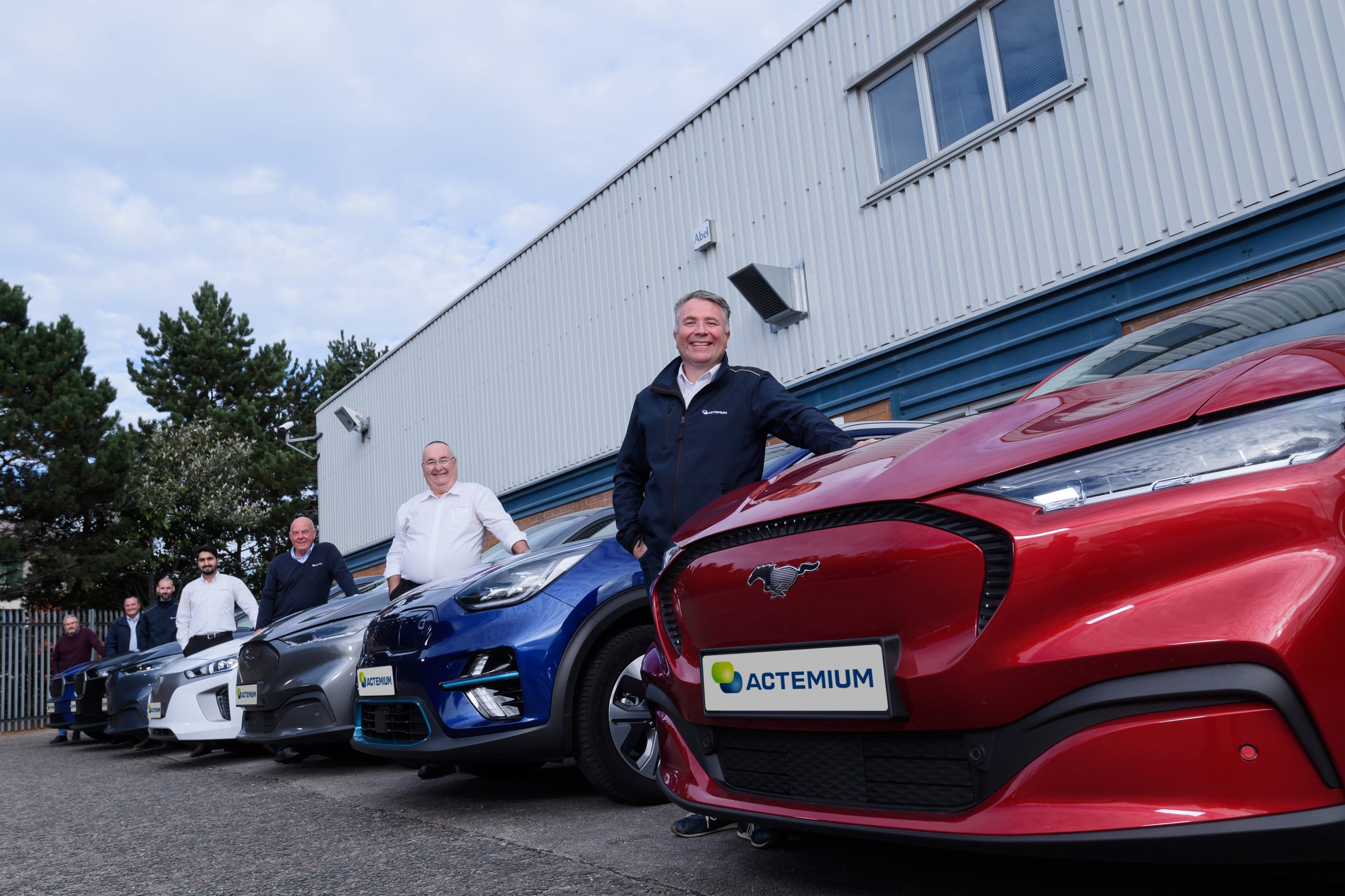Improved environmental reporting is key to the next phase of our decarbonisation
Now we’ve tackled most of the low-hanging fruits, better reporting will help us act smarter to reach our goal of 40% lower carbon emissions by 2030, says Jasmin Moroney, Head of SHEQ (Safety, Health, Environment & Quality) at VINCI Energies UK & RoI.
Three years ago, we launched the first phase of a science-based plan to achieve a 40% reduction in our direct carbon emissions by 2030 and we are making great leaps towards achieving our carbon reduction targets.
Switching our gas and electricity contracts from standard to green tariffs and transitioning our vehicle fleets from diesel to electric have helped to make a quick and significant reduction in our carbon emissions per employee.
But in order to achieve our carbon reduction goals, we have to tackle our carbon emissions on three fronts: Scope 1, 2 and 3.
Scope 1 emissions include our direct fuel usage and emissions produced during any of our manufacturing processes and they have proven to be the simplest and easiest to address when it comes to reducing our overall carbon footprint.
To make further progress, we will also need to tackle the emissions that are not directly controlled by us. These include indirect emissions generated from the electricity, heating and cooling that we purchase through landlord-controlled contracts (scope 2) and all other emissions in our value chain, such as the production and transportation of materials and disposal of waste (scope 3).
Reducing these emissions will require us to act smarter and collaborate more closely with our customers and suppliers on the topic of sustainability. But in order to do so, we need to have an accurate picture of how we are doing and where improvements can be made at all levels of the business.

It all starts with eVE…
To this end, we introduced a new environmental reporting system, called eVE, in October 2022. Our previous system only accounted for scope 1 emissions, whereas eVE enables us to report on all three categories providing a more in-depth and detailed insight into our direct and indirect carbon emissions. This, in turn, will allow us to make better-informed decisions with regards to CO2 emission mitigation.
The new reporting tool shows us a carbon dashboard with intensity per employee and per turnover, and trends emissions against acquisitions, so that as the company grows, we get a truer picture of where we are in our carbon reduction journey.
eVE can even be used to drill down into environmental performance at individual project level, including optional indicators for distances travelled by VINCI employees and their mode of transport, whether diesel car, EV or train.
As well as introducing eVE, we have also moved from reporting on emissions annually to every quarter. This has required a greater commitment from our business units to gather the data and ensure it is reliable.
Five months on, we are seeing so many improvements. Our business units are taking greater ownership over environmental performance at a local level and the data is much more robust.
Knowledge is power
This is helping our leaders to make better informed decisions and implement sustainability initiatives that are best suited to each business unit’s field of expertise and way of working from the ground up.
One of our Omexom site offices, for example, has replaced 200kVa and 160kVA generators with two 45kVA generators linked to a battery for a smarter way to provide power overnight. The new system means that there are now 10 hours a day when no diesel fuel is consumed.
A few years ago, our Actemium M & E perimeter paved the way with a commitment to switch all company cars to fully electric vehicles while installing EV chargers at most of its office locations. This effort has been further supported by our other perimeters who are now offering a company salary sacrifice scheme for employees to purchase electric vehicles with access to EV charging at most offices, some of which are already powered by solar and soon to be connected to battery storage solutions.
We can also use the data from eVE to have more meaningful conversations with suppliers about how we work together to decrease our mutual carbon footprint and encourage our customers to select green options during the tender stage, such as the use of low-carbon concrete, electric plant or eco cabins running off solar panels, as we can quantify the impact.
With every journey, it’s about building on the first step, and we are getting better every day. Now our reporting is improving, we can take more informed decisions and we can embed greater sustainability into our shared strategic plans. I’m excited to see where it will take us.

